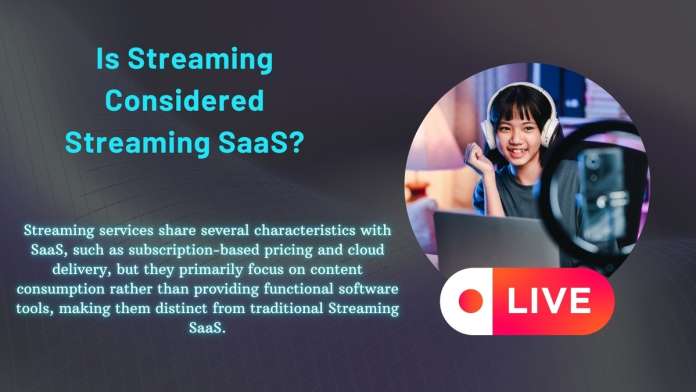In today’s digital age, both Software as a Service (SaaS) and streaming services have become integral components of our online experiences. As businesses and individuals increasingly rely on cloud-based solutions and entertainment on demand, understanding the nuances between these two concepts has never been more important. But can streaming be considered a form of SaaS?
Exploring the Relationship Between Streaming Services Vs SaaS
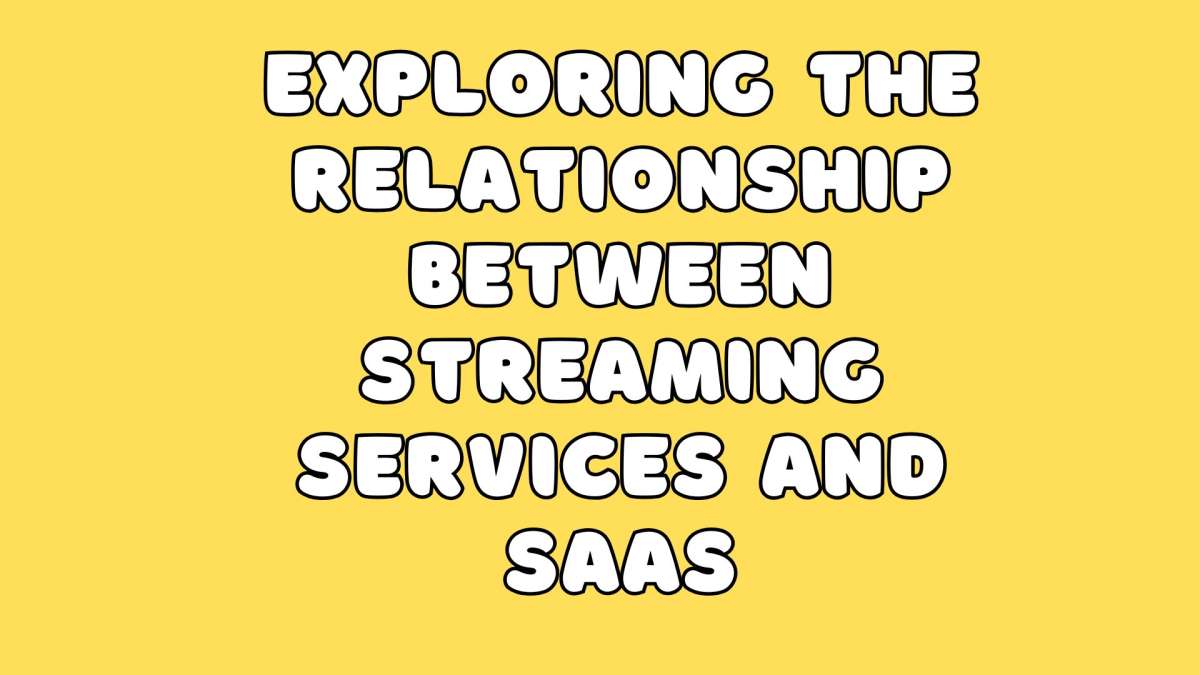
This article aims to dive deep into this question, beginning with a clear definition of SaaS, followed by an examination of streaming services. We’ll explore the similarities and differences between the two, and ultimately determine whether streaming can be classified as a type of SaaS.
SaaS refers to software applications delivered over the Internet, eliminating the need for users to install and maintain software on local machines. Instead, they can access the software through web browsers, offering flexibility, scalability, and often, a subscription-based pricing model.
On the other hand, streaming services provide real-time delivery of digital content, such as video and music, over the Internet. These services also typically operate on a subscription basis, allowing users to access a vast library of content without the need for downloads or physical media.
Both SaaS and streaming services share a common thread of delivering value via the cloud, yet they cater to different needs and markets. This article will meticulously dissect these two models, conceptualizing whether the frameworks and principles of SaaS can be applied to streaming services. Buckle up as we embark on this exploratory journey to see if streaming holds its own as a unique entity or falls under the expansive umbrella of SaaS.
Defining SaaS (Software as a Service)
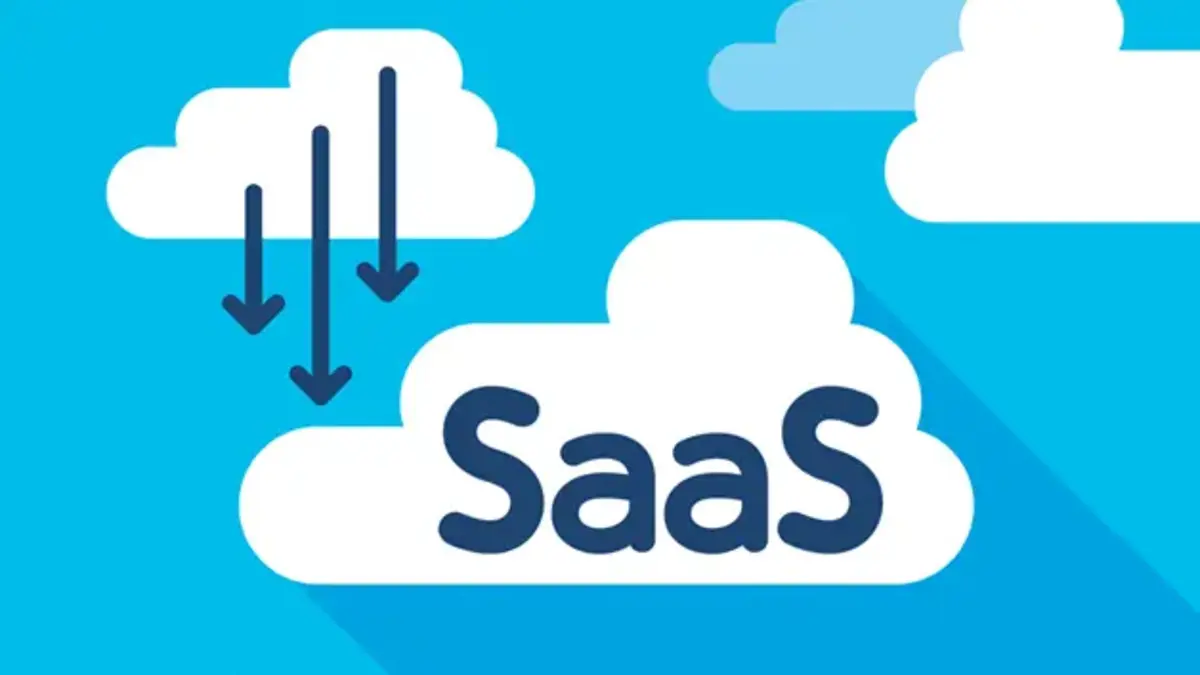
Software as a Service (SaaS) refers to a cloud-based delivery model where software applications are hosted by a service provider and made available to users over the internet. Instead of purchasing and installing software on individual devices, users subscribe to the service, usually paying a recurring fee.
- Accessibility: One defining characteristic of SaaS is its accessibility. Users can access the software from any device with an internet connection, enabling workplace flexibility and remote collaboration. SaaS also relieves organizations from the need to maintain in-house IT infrastructure, as the service provider handles maintenance, updates, and security.
- Scalability: Scalability is another key feature of SaaS. Businesses can easily scale their usage up or down based on their needs without making significant investments in hardware or software. This is particularly beneficial for growing companies that may experience fluctuating demands.
- Popular SaaS Applications: Popular SaaS applications span various industries and use cases. Examples include customer relationship management (CRM) tools like Salesforce, project management software like Asana and Trello, and enterprise resource planning (ERP) systems like Oracle NetSuite. Even everyday tools like Google Workspace and Microsoft 365 fall under the SaaS umbrella.
In summary, SaaS offers a flexible, scalable, and cost-effective solution for accessing sophisticated software. This model has revolutionized how businesses operate, enabling greater efficiency and productivity while reducing the burden of IT management.
Understanding Streaming Services
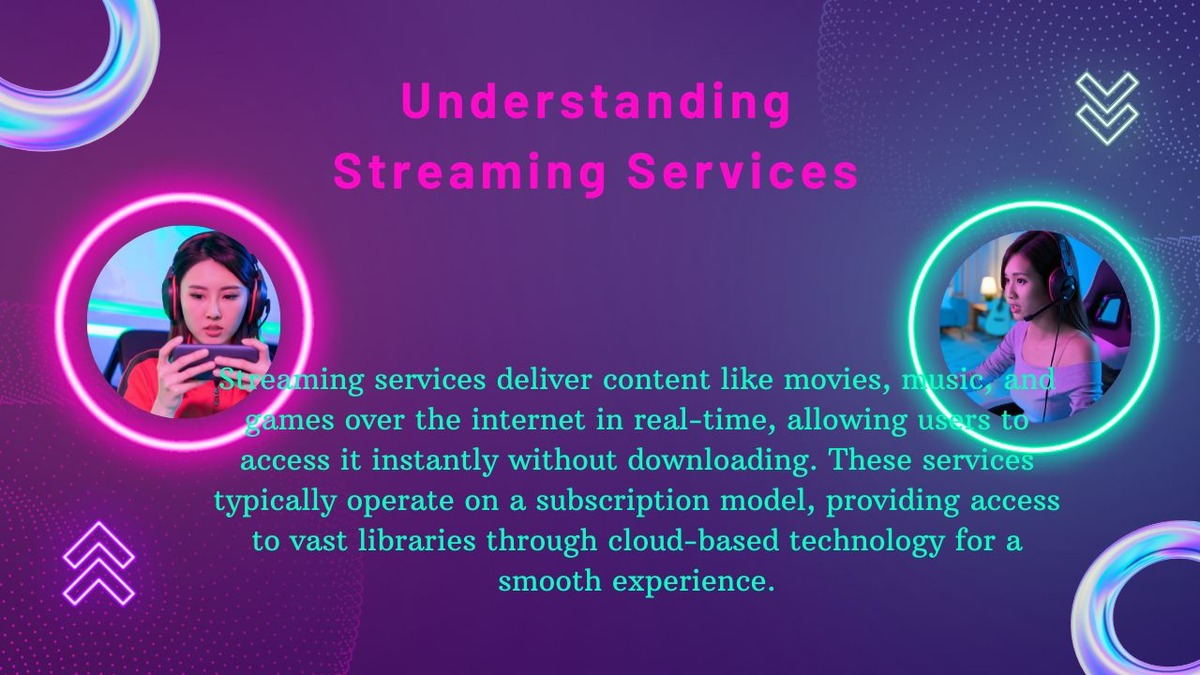
Streaming services deliver content like movies, music, and games over the internet in real-time, allowing users to access it instantly without downloading. These services typically operate on a subscription model, providing access to vast libraries through cloud-based technology for a smooth experience.
-
What is a Streaming Service?
Streaming services have revolutionized the way we consume media, making it easy to watch movies, listen to music, and even play video games online. But what exactly is a streaming service? Essentially, streaming involves delivering content over the internet in real-time, allowing users to start consuming the content immediately without waiting for the entire file to download.
-
Types of Content in Streaming Services
A streaming service can cover various kinds of content. The most common forms include video streaming, such as Netflix, Disney+, and YouTube, where users can watch a vast library of shows, movies, and user-generated content. Audio streaming platforms like Spotify, Apple Music, and Pandora allow listeners to access millions of songs, podcasts, and other audio content on-demand. Even video game streaming has emerged with platforms like Twitch, where gamers can watch and stream live gameplay.
-
Subscription Model for Streaming Services
One key feature of streaming services is that they operate on a subscription model. Users generally pay a monthly or yearly fee to access the content library, although some services may also offer a free tier with ads. This model provides a sustainable revenue stream for these platforms and makes premium content accessible to the general public.
-
Technology Behind Streaming Services
Another important aspect is the technology behind streaming. These platforms rely heavily on cloud computing and content delivery networks (CDNs) to deliver smooth and high-quality streaming experiences to users. This tech infrastructure ensures that content is buffered efficiently and reduces latency, making it possible for millions of people to stream content simultaneously.
Understanding these facets of streaming services helps clarify their role in modern entertainment and sets the stage for comparing them to other digital service models like SaaS.
Comparing SaaS and Streaming
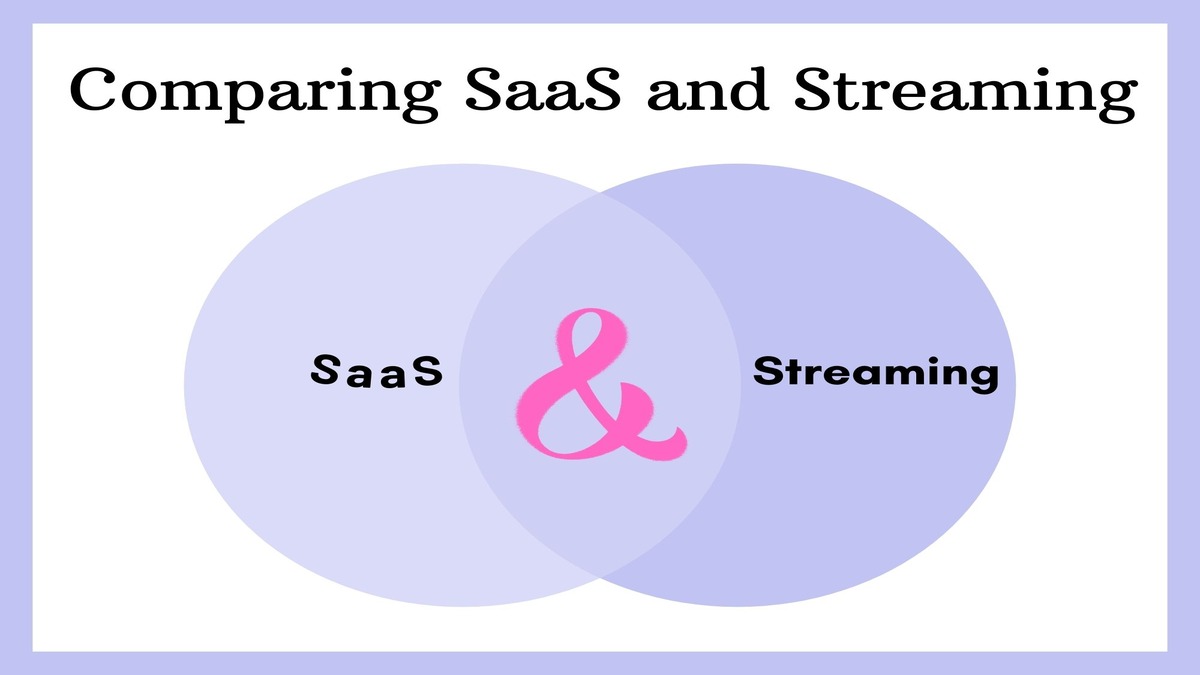
When exploring whether streaming services can be considered a form of SaaS, it’s essential to understand both their similarities and differences.
-
Similarities Between SaaS and Streaming:
SaaS and streaming services share several similarities that make the comparison interesting. Both models rely on internet connectivity to deliver content or functionality. Users access services or content on-demand, eliminating the need for local installations or storage. Payment structures in both models are often subscription-based, ensuring continuous revenue streams for providers. Additionally, both platforms are scalable, allowing for the accommodation of a growing user base without a significant drop in performance.
-
Fundamental Differences:
Despite these similarities, some fundamental differences distinguish SaaS from streaming services. SaaS primarily focuses on delivering software applications over the internet. These applications can range from productivity tools like Microsoft Office 365 to CRM systems like Salesforce. The primary value lies in the functional capabilities offered by the software.
-
Content Delivery vs. Functional Applications:
On the other hand, streaming services concentrate on delivering content such as movies, music, or live broadcasts. Platforms like Netflix or Spotify provide a library of media that users can consume as they wish. The value here is in the variety and quality of content rather than interactive software functionality. Furthermore, SaaS applications are typically designed for productivity, problem-solving, and operational efficiency, addressing specific business or personal needs. Streaming services are more about entertainment and leisure, focusing on audiovisual content to engage users.
In essence, while SaaS and streaming services operate on similar delivery models, their core purposes and types of content significantly differ, making each uniquely positioned in the digital ecosystem.
Is Streaming Considered a Type of SaaS?

-
Streaming Services as SaaS: Similarities and Arguments
The question of whether streaming services can be considered a type of Software as a Service (SaaS) has generated considerable debate. Proponents argue that streaming does fit the SaaS model. Much like traditional SaaS applications, streaming services provide users with access to software over the internet. Subscribers to platforms like Netflix, Spotify, and Disney+ gain access to content through a web interface or app, which exemplifies the core SaaS model of delivering software solutions on demand.
-
SaaS & Streaming Similarities
Streaming services also share key SaaS characteristics. For instance, they operate on a subscription basis, allowing users to consume content for a recurring fee, similar to how SaaS tools like Microsoft 365 or Salesforce are billed. Both models also benefit from scalability and constant upgrades, ensuring that users always experience the latest features and content without manual updating or additional costs.
-
Counterarguments: Entertainment vs. Functional Tools
However, there are strong counterarguments. Traditional SaaS solutions primarily provide functional tools or applications designed to solve specific business or personal problems—think CRM systems, productivity suites, or email marketing software. Streaming services, on the other hand, focus primarily on delivering entertainment content rather than functional tools or applications. This entertainment-centric approach places streaming services outside the traditional boundaries of SaaS, which typically revolves around productivity and efficiency gains.
In summary, while streaming services share several characteristics with SaaS models, the fundamental difference in the type of service delivered—entertainment versus functional applications—suggests that streaming may be better categorized separately despite their SaaS-like delivery mechanisms.
Conclusion
- Differences Between Streaming Services and SaaS: In summary, streaming services and Software as a Service (SaaS) share many key elements but also have distinct differences. Both are delivered over the internet and offer users the convenience of on-demand access without needing extensive local installations. While SaaS applications like Google Workspace and Salesforce focus on providing tools and software solutions necessary for business and personal productivity, streaming services like Netflix and Spotify are primarily content delivery platforms.
- The Case for Streaming as Specialized SaaS: One could argue that streaming is a specialized type of SaaS because it meets several SaaS criteria, such as subscription-based pricing, cloud-hosted infrastructure, and on-demand accessibility. Streaming services also frequently update their platforms and improve user experience without requiring users to download new software versions.
- Key Differences in Purpose: However, a fundamental distinction lies in their core purpose. SaaS aims to deliver functional software solutions for businesses and individuals, enhancing productivity or offering specific services like CRM or project management. Conversely, streaming primarily focuses on delivering entertainment and content experiences, not functional software tools.
- Clarifying the Core Objectives: Therefore, while there are valid arguments on both sides, it’s crucial to remember the primary objective of the service in question. This delineation helps in understanding that streaming might share characteristics with SaaS but fundamentally serves a different primary purpose.
- Productivity vs Entertainment: Ultimately, understanding these nuances allows for a clearer categorization and sets realistic expectations for users regarding what each type of service offers. This clarity helps consumers make informed decisions aligned with their needs, whether they seek productivity tools or entertainment content.
Read More: Top 10 Popular SaaS Marketing Blogs in 2024

